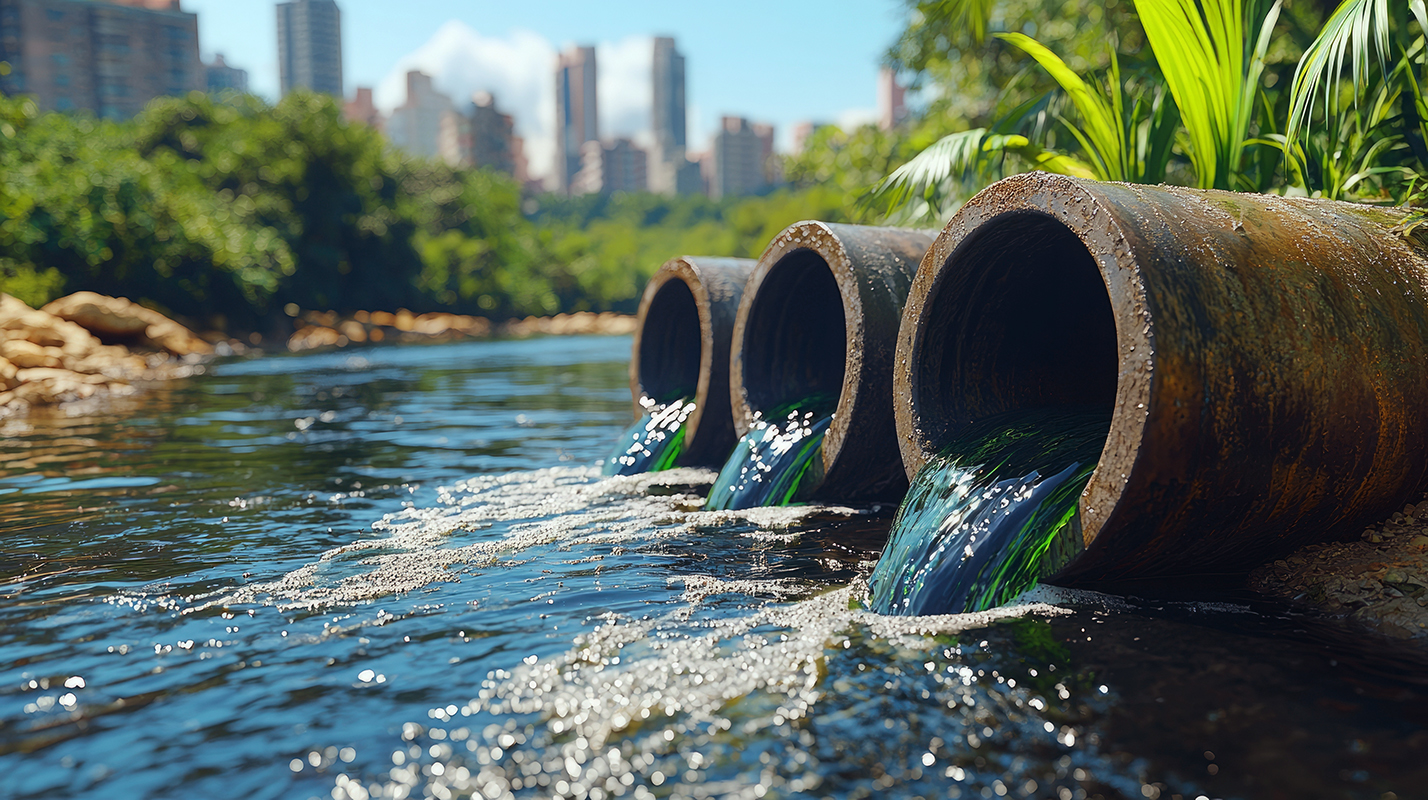PDF Basket
At the heart of the ULTIMATE project is a clear vision: to transform how Europe manages its water resources and encourage the idea that wastewater is a valuable asset. The goal is less environmental contamination from wastewater, alongside increased savings and revenue for industries including petrochemicals, pharmaceuticals, distilleries and food processing. The idea is crucial for building a truly circular economy, reducing the need to extract natural resources.
As Gerard van den Berg, innovation and valorisation manager at the KWR Water Research Institute and coordinator of the project, explains: “Our main goal is to reuse and recover water, energy and valuable materials that can be extracted from wastewater, such as nutrients for use in agriculture.”
The project team demonstrated the practical impact of this through nine high-profile industrial use cases in Europe and beyond. With these pilots, new techniques were developed to reduce groundwater usage, clean wastewater and use wastewater as a source of bioenergy and useful nutrients. “We selected use cases based on their potential for investment in full-scale applications,” van den Berg explains. At a whisky distillery in the United Kingdom, the project team showcased a process that makes it possible to recycle water and recover energy and raw materials.
Over 20 technologies were developed and tested during the project. A standout innovation is the Electrostimulated Anaerobic Reactor (ELSAR™), a bioelectrical process that combines anaerobic digestion with wastewater treatment. Piloted at the Mahou San Miguel brewery in Spain, ELSAR™ offers an effective way to treat wastewater with high organic loads, reducing its environmental impact.
Another key technology is the SubCritical Water Extraction (SCWE) process, designed to recover high-value compounds such as antioxidants from wastewater. Demonstrated at food processing plants in Greece and Israel, this technology showcases the potential for wastewater to provide both economic and environmental benefits.
Innovation and collaboration
The ULTIMATE project brought together diverse groups, including industrial partners, water utilities, policymakers and the general public. Van den Berg describes this engagement model as essential to success: “ULTIMATE developed living labs, communities of practice and co-creation methods throughout the project.” By using these platforms, ULTIMATE ensured that the process was collaborative at each stage, from problem definition to solution development and implementation.
A unique tool that ULTIMATE used was the “immersive narrative experience,” designed to engage local people in the project’s case study locations. This method of communication helped to “stimulate the needs and interest of citizens,” demonstrating the project’s relevance to local communities as well as industry experts. Such inclusive practices have increased understanding and acceptance of water-smart industrial symbiosis’ (WSIS) as a viable, long-term solution for industries and municipalities alike.
The project is being carried out in close connection with policymakers as well, says van den Berg, “to ensure that the latest insights and experiences may be included in new policy and guidance documents.”
A blueprint for the future
ULTIMATE has now laid the groundwork for the widespread adoption of WSIS technologies and models. One key platform for disseminating the project’s results is the Water Europe Marketplace and Technology Evidence Base. This digital repository collects data from ULTIMATE and other circular economy projects, providing resources, case studies and technological solutions for future initiatives.
The long-term benefits of ULTIMATE extend beyond the life of the project. Partnerships formed during the project are already leading to new projects, such as BOOST-IN and CIRSEAU, aimed at accelerating Europe’s transition to a circular economy. As van den Berg highlights: “Several commercial partners have already started to commercialise products developed within ULTIMATE, such as ELSAR™ and the SCWE process.”
By bridging the gap between water utilities and industries, ULTIMATE demonstrates how symbiotic relationships can drive sustainability, reduce resource use and enhance Europe’s environmental resilience.

